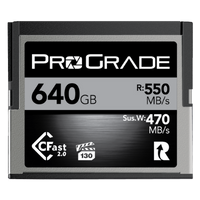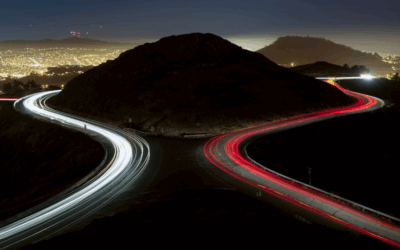The Quest for Perfect Focus in Macro Photography
In macro photography, achieving perfect focus can be an elusive challenge. This is where understanding and using focus stacking becomes an indispensable skill. Focus stacking is a technique that combines multiple images taken at different focus distances, resulting in an image with a greater depth of field than any of the individual photos used to create it. This is particularly useful in macro photography where the depth of field can be incredibly narrow.
Focus stacking doesn’t just improve image sharpness; it also empowers photographers to exhibit their subjects in a level of detail that would be otherwise unattainable. By stacking images with different focus points, you can create an image where the subject is perfectly in focus from front to back. This technique provides depth and clarity that truly captivates the viewer’s eye. Whether you’re photographing the intricate patterns of an insect’s wings or the subtle textures of a flower petal, focus stacking can elevate your macro photography to new heights.
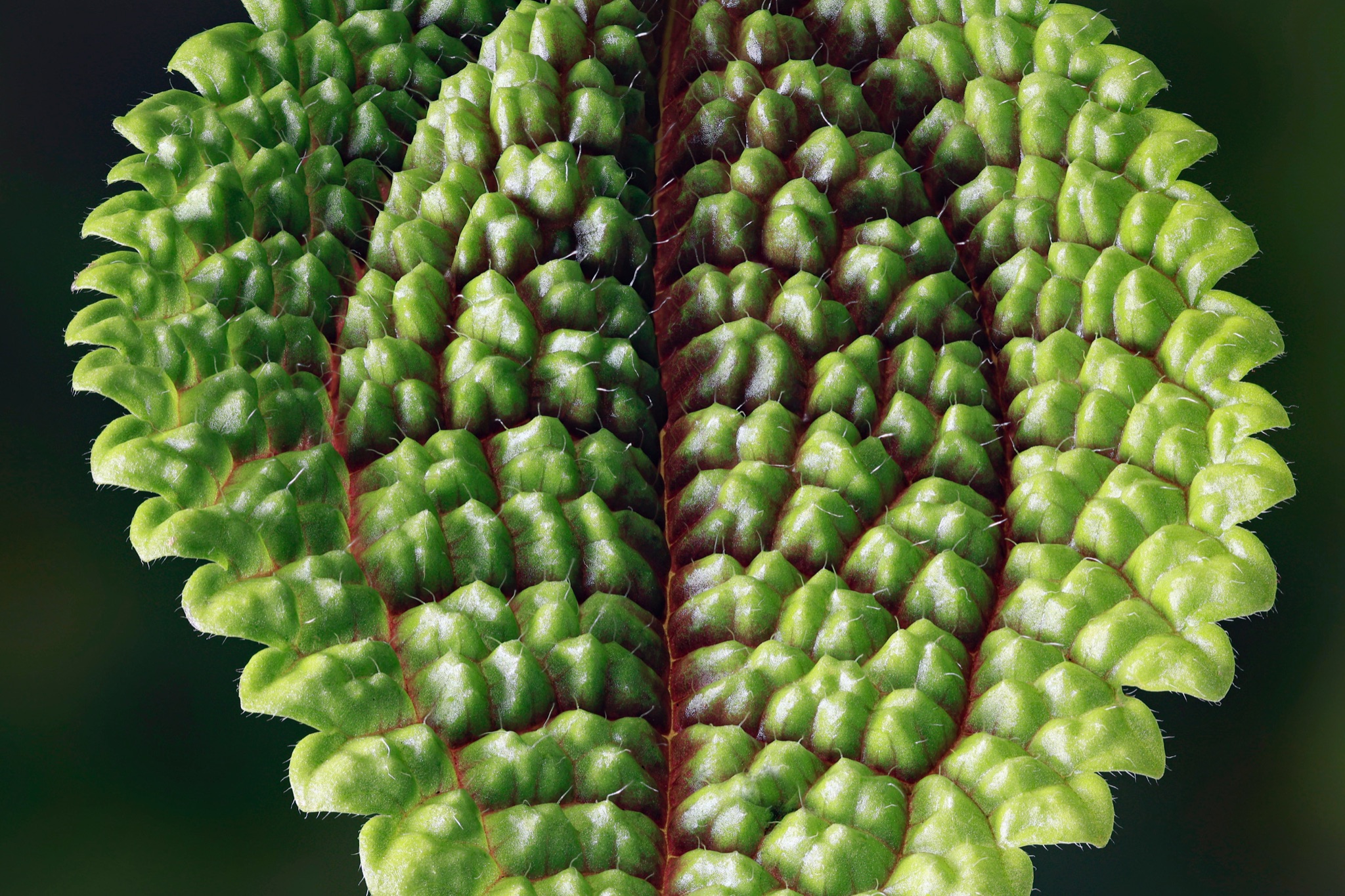
Macro Photography: The Challenge of Limited Depth
Macro photography is an art form that brings the smallest details of our world into focus. However, this form of photography is accompanied by a common challenge — limited depth of field.
Shooting up close in macro photography results in a shallow depth of field due to the physics of light and the properties of lenses. When you photograph a subject at a close range, only a small portion of the scene (the point where your lens is focused) will be in sharp focus, while elements in the foreground and background quickly fall into blur. This phenomenon is particularly pronounced in macro photography due to the short distances between the camera lens and the subject. The smaller the distance, the narrower the area of sharp focus. This can be an artistic tool but also a challenge when you want a larger portion of your subject to be in crisp focus.
Focus stacking presents a solution to this issue. By utilizing this technique, photographers can overcome the limitation of depth and bring their entire subject into sharp clarity. This opens up vast opportunities for creativity, allowing you to craft macro images that are rich in sharp detail and depth.
Unpacking Focus Stacking: Combining Clarity with Depth
Focus stacking may sound complex, but it’s essentially just a matter of taking several photos of your subject, changing the focus point slightly each time, then blending these images together using post-processing software. The first step is to set your camera on a tripod to ensure an identical frame for each shot. Next, using manual focus, take a series of photos, starting with the closest focus point of your subject and gradually adjusting the focus deeper into the scene with each subsequent shot.
The number of photos you take depends on your desired depth of field and the level of detail you want to highlight. It could be as few as two for simple subjects, and for more complex scenes with intricate details, it could require dozens or even hundreds of shots.
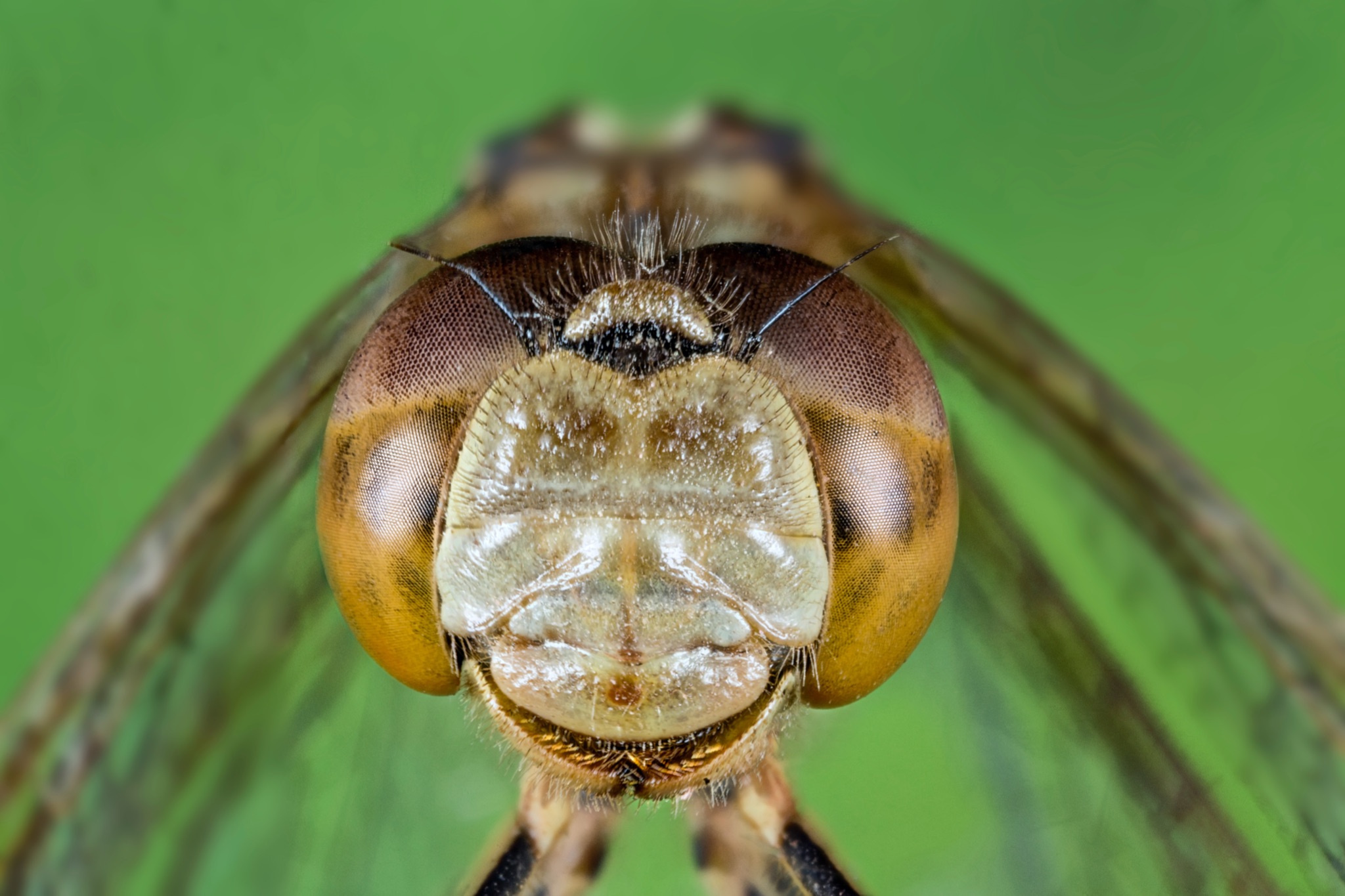
Must-Have Gear for Successful Stacking
When it comes to gear, there are a few essentials for successful focus stacking in macro photography. The first piece of equipment you’ll need is a sturdy tripod. Ensuring your camera is stable and fixed is critical as it prevents any movement between shots, thus aiding in the accurate alignment of images during the stacking process.
Next, a good quality macro lens is a must. These lenses allow for closer focusing distances and higher magnifications, capturing those tiny details we are aiming to accentuate. The choice of lens will depend on your subject and your personal preference. Lenses with a longer focal length allow for more working distance between you and your subject, which can be beneficial when photographing skittish creatures like insects.
For those who want to take their focus stacking to the next level, an automated focusing rail could be a valuable investment. An automated focusing rail allows for precise, consistent adjustments in the camera’s position, allowing for the creation of a seamless sequence of focus-bracketed images. This piece of equipment takes the guesswork out of adjusting the focus and can be a game-changer for achieving perfect focus stacks.
A Step-by-Step Guide to Capturing Stacking-ready Images
You’ll begin by setting up your camera on your tripod, and positioning it as needed to frame your subject. Turn off any image stabilization on your lens or camera body, as this feature can introduce slight shifts in framing when the camera is mounted on a tripod. Use the lowest ISO possible to reduce noise, and select an aperture that provides the best sharpness for your lens. This is often in the mid-range, such as f/5.6 or f/8 for many lenses. While a smaller aperture like f/16 or f/22 provides a deeper depth of field, it can also introduce diffraction, which reduces overall image sharpness.
Next, set your camera to manual focus. Start by focusing at the closest point of your subject that you want in focus. This will be the first image of your sequence. Now, without shifting your camera’s position, take a photo, then slightly adjust the focus for the next shot. Continue this process, moving the focus further into your subject with each shot, until you’ve covered the entire depth that you want to have in focus. This sequence of images is what you’ll use for focus stacking.
Throughout this process, maintain consistent lighting. As you’ll be blending multiple images together, any variations in lighting can cause inconsistencies in your final image. Avoid shooting in conditions where the lighting is changing rapidly, such as during sunrise or sunset. Also, be careful not to cast your own shadow on the subject as you adjust the focus.
Lastly, take your time and be patient. The process of capturing images for focus stacking is methodical and requires precision. Ensure each image is sharp and well-exposed before moving on to the next. With practice, focus stacking in macro photography will become an invaluable tool in your arsenal.
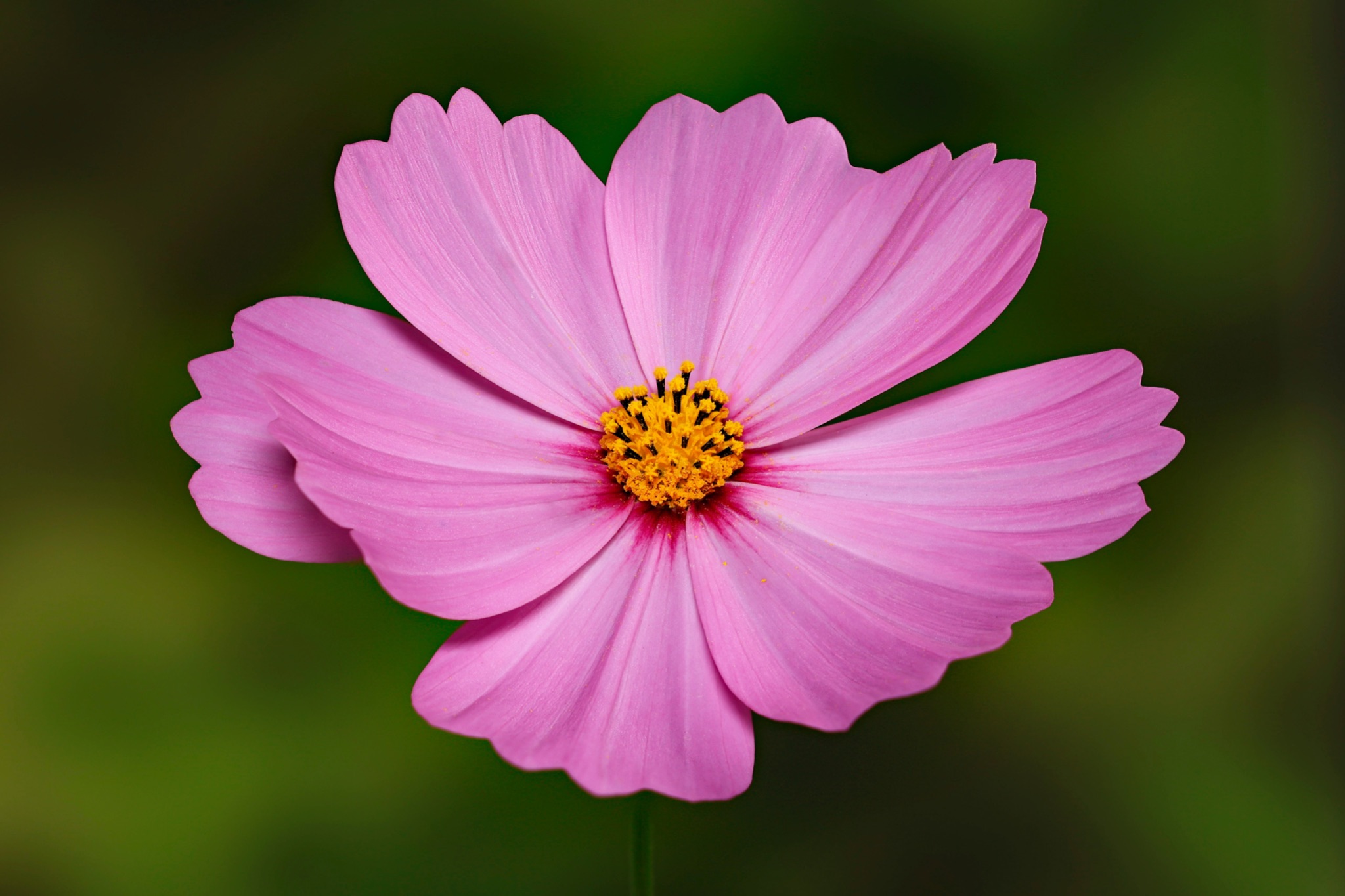
Software Showdown: Merging Images with Precision
In the realm of post-processing, several software solutions stand out for their capacity to seamlessly merge images into a finely tuned, focus-stacked composite. Adobe Photoshop is a widely recognized tool, offering an automated process to blend and smooth your stack of images through its ‘Auto-Blend Layers’ function. While it does a decent job for simple stacks, complex macro scenes with overlapping features may require more specialized software.
Zerene Stacker and Helicon Focus are two such dedicated focus stacking applications known for their superior handling of intricate detail and overlapping elements. Each comes with a suite of tools designed specifically for stacking, providing more control and flexibility compared to a general-purpose tool like Photoshop.
Ultimately, the choice between these software options depends on your specific needs and workflow. While Photoshop might be sufficient for a photographer just starting with focus stacking, those seeking an in-depth tool tailored specifically for this technique may find Zerene Stacker or Helicon Focus more fitting. Whichever tool you choose, understanding and using focus stacking in macro photography promises to transform your close-up imagery, expanding the depth of field while preserving acute detail.
Nailing the Technique: Tips and Best Practices
Mastering the technique of focus stacking in macro photography requires more than just good equipment. It demands a critical understanding of your subject, patience, and an eye for detail. Here are a few best practices that can help make your foray into focus stacking more successful:
- Dealing with Movement: One of the biggest challenges in focus stacking is dealing with movement, especially when photographing outdoors. Even a slight breeze can cause your subject to shift between shots, resulting in alignment issues during stacking. Use a plamp or similar device to stabilize your subject, if possible.
- Optimal Aperture Settings: While it may be tempting to use a small aperture to get more of your subject in focus in a single shot, this can lead to diffraction and loss of sharpness. Instead, aim for the ‘sweet spot’ of your lens, usually around f/5.6 – f/8, and rely on focus stacking to achieve a deeper depth of field.
- Manual Focus: Use manual focus to control precisely where the focus lies in each shot. This will ensure you cover the entire depth of your subject.
- Consistent Lighting: Keep the lighting consistent across all shots. Changes in lighting can cause variations in color and exposure, making the stacking process more challenging.
- Patient and Methodical Approach: Take your time with each shot, ensuring it’s as sharp as possible before moving on to the next. Each image in your stack contributes to the final result, so each one matters.
By understanding and using focus stacking in macro photography, you can create stunning images that are sharp and detailed across a much greater depth of field than what is possible with a single shot.
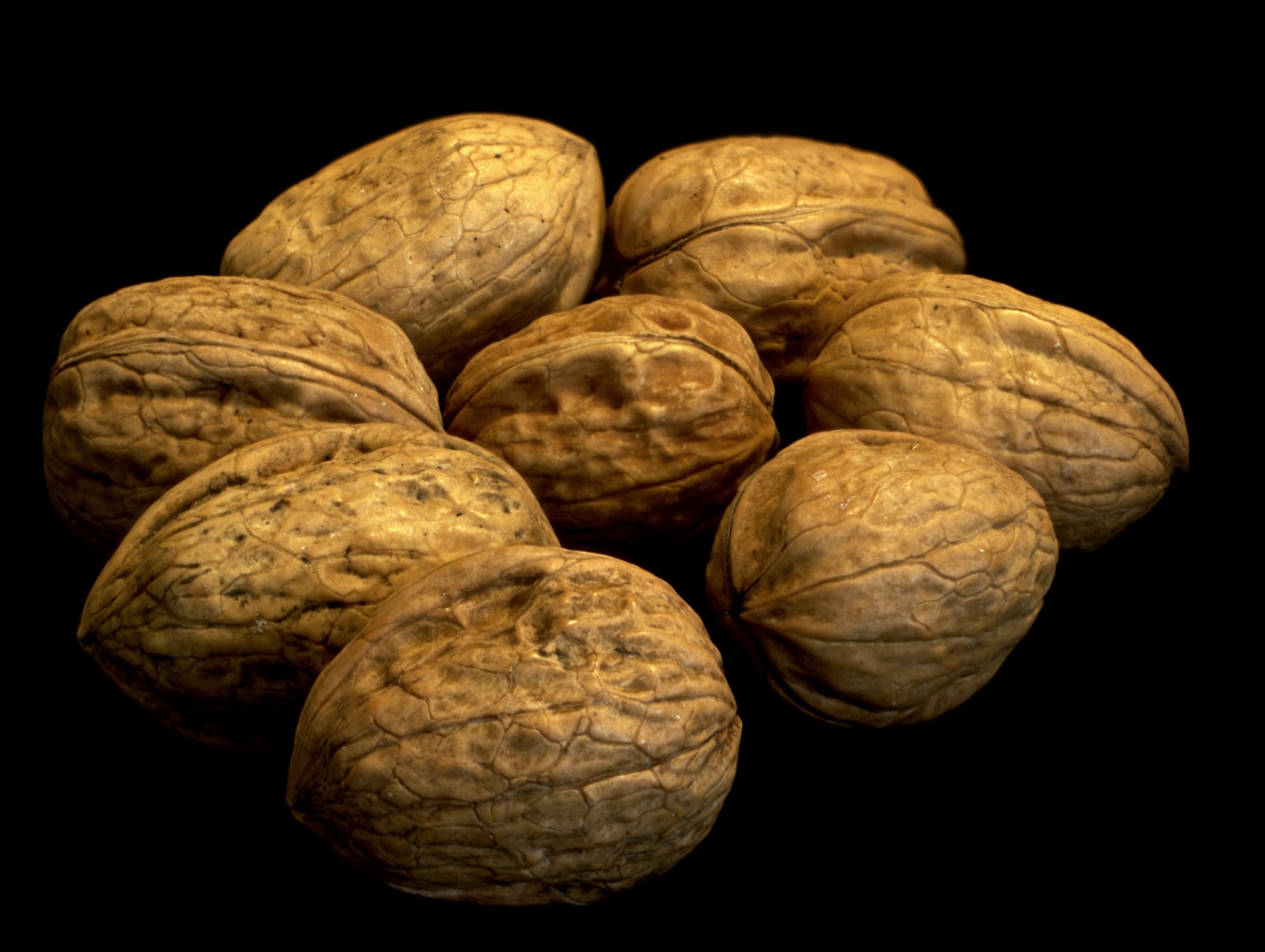
Conclusion: Focus Stacking — Elevating Macro Photography to New Heights
Focus stacking is an innovative technique that breathes life into macro photography, expanding the conventional limitations of depth of field. It enables photographers to showcase their subjects with unprecedented detail, where even the most intricate features come alive in sharp relief. Using focus stacking invites a new level of creativity and technical craft, enabling you to produce images that are not only visually stunning but also technically superior.
As with any technique, mastering focus stacking requires practice, patience, and a deep understanding of both your equipment and your subject matter. But the effort is well worth the reward. By employing this method, you will be able to journey beyond the boundaries of traditional photography, capturing the world in a way that only macro photography can reveal. Whether you’re a seasoned professional or a passionate hobbyist, embracing focus stacking in your workflow is a step toward discovering new perspectives, elevating your craft, and truly capturing the beauty of the small wonders that surround us.

